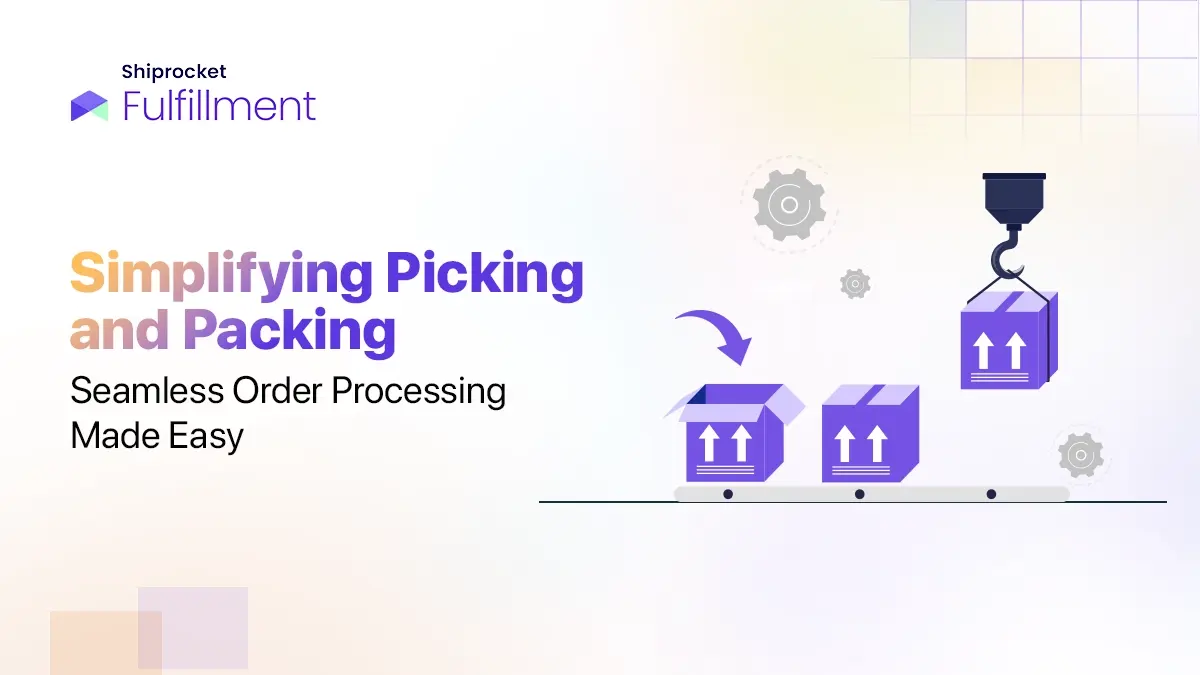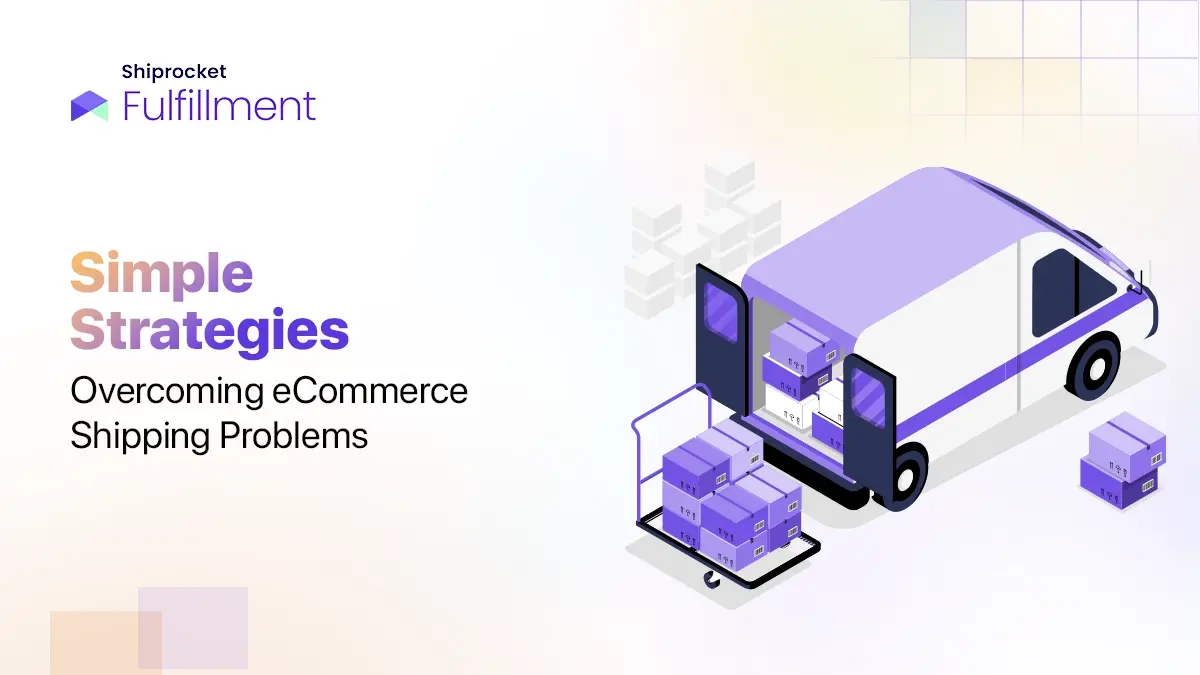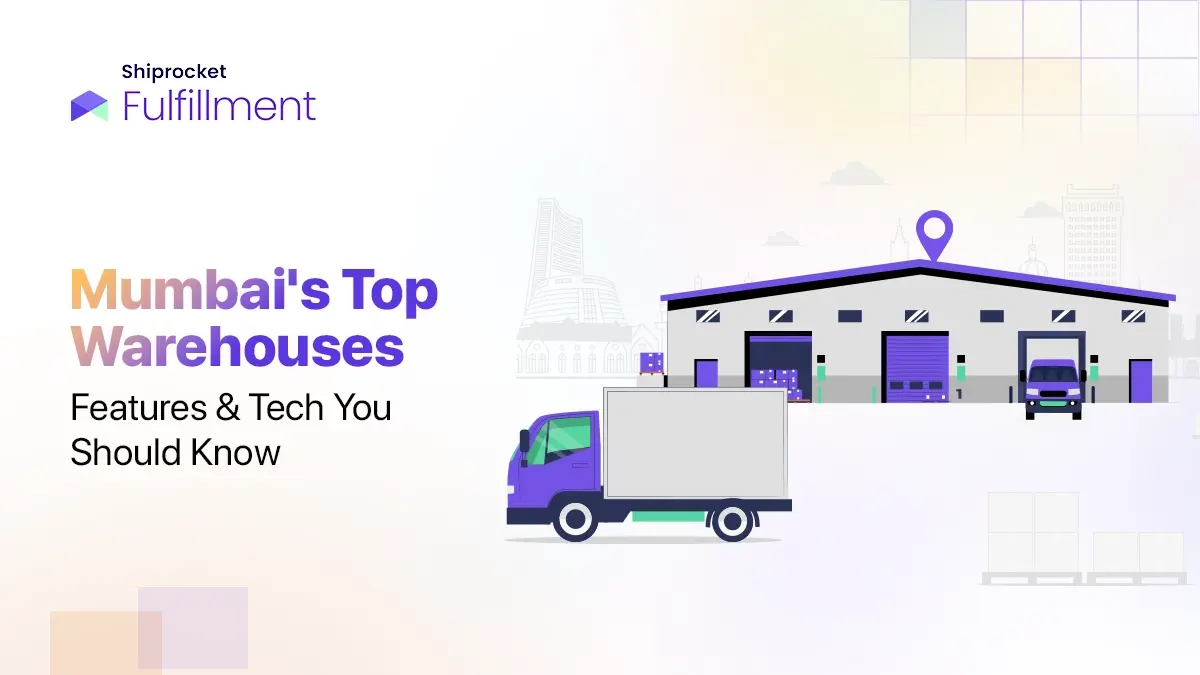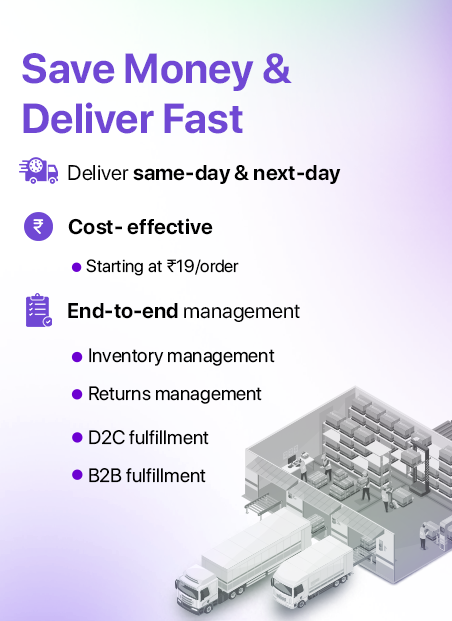Efficient inventory management is vital for businesses to streamline operations, maintain accurate stock records, and ensure accountability throughout the supply chain. One essential document that plays a crucial role in this process is the Goods Received Note (GRN). In this comprehensive guide, we will explore the concept of a Goods Received Note, its components, uses, format, issuance process, and the benefits it offers to businesses in managing their inventory effectively.
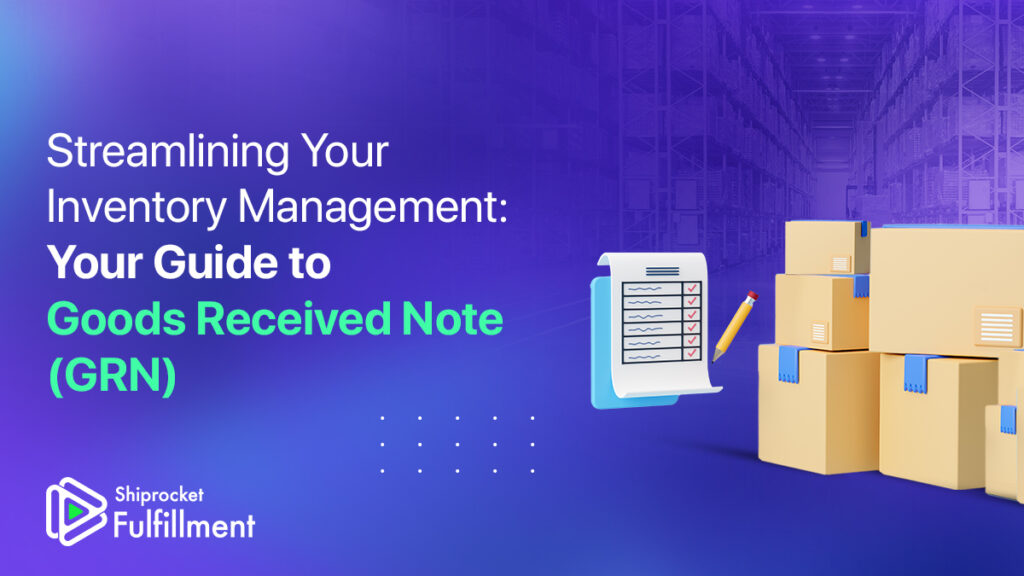
What is Goods Received Note (GRN)?
A Goods Received Note, also known as a Goods Receipt Note or Delivery Note, is a document used to acknowledge the receiving of goods from a supplier. It serves as evidence that the goods listed on the note have been delivered and received in the specified quantity and condition. The GRN acts as a bridge between the purchase order and the invoice, providing a vital link in the procurement process.
Components of a GRN
A typical goods received note includes the following components:
1. Header: The header of the GRN contains essential details such as the company name, GRN number, and date of receipt.
2. Supplier Information: The GRN includes the supplier’s name, address, contact information, and any unique identification numbers.
3. Delivery Details: This section outlines the delivery specifics, including the delivery date, mode of transportation, and any delivery notes or special instructions.
4. Itemised List: The GRN contains a detailed list of the received items, including the item description, quantity, unit price, total value, and any relevant item codes or references.
5. Quality Inspection: If applicable, the GRN may include a section for quality inspection, where the recipient can note any damages, discrepancies, or quality issues identified during the inspection process.
6. Authorised Signatures: The GRN requires the signature and designation of the person responsible for receiving the goods, ensuring accountability.

Uses of the Goods Received Note
1. Verification of Deliveries
The primary purpose of the GRN is to verify that the goods received match the order placed with the supplier. It allows businesses to cross-check the quantity, condition, and quality of the goods against the purchase order, ensuring accuracy and preventing discrepancies.
2. Inventory Management
The GRN plays a crucial role in updating inventory records. It provides documentation of goods received, enabling businesses to reconcile stock levels, update inventory systems, and maintain accurate records for future reference.
3. Dispute Resolution
In the event of any discrepancies or issues with the received goods, the GRN serves as evidence for initiating discussions and resolving disputes with the supplier. It acts as a reference point to address any discrepancies in the quantity, quality, or condition of the goods.
4. Payment Processing
The GRN acts as supporting documentation for processing supplier invoices and initiating payment. It provides the necessary details required for accurate invoice reconciliation and ensures that businesses only pay for the goods they have received.
Format of the Goods Received Note
The format of a GRN may vary depending on the organisation’s preferences and requirements. However, a typical GRN includes the essential components mentioned earlier, such as the header, supplier information, delivery details, itemised list, quality inspection section, and authorised signatures. The format should be clear, concise, and structured to ensure easy reference and comprehension.
Process to Issue the Goods Received Note
The process of issuing a Goods Received Note involves the following steps:
1. Receiving the Goods: The first step is physically receiving the goods from the supplier, ensuring that the delivery matches the purchase order and inspecting the goods for any damages or discrepancies.
2. Prepare the GRN: The recipient, typically the warehouse or receiving department personnel, prepares the GRN by including all relevant details, such as supplier information, delivery specifics, and an itemised list of the received goods.
3. Quality Inspection: If required, the goods undergo a quality inspection to identify any defects, damages, or deviations from the specified requirements. Any issues discovered during the inspection are duly noted in the GRN.
4. Sign and File: After the goods have been verified and inspected, the authorised person responsible for receiving the goods signs the GRN, indicating acceptance of the delivery. The GRN is then filed for future reference and record-keeping purposes.
Benefits and Significance of the Goods Received Note
1. Accuracy and Accountability: The GRN ensures accuracy in the procurement process by verifying the received goods against the purchase order. It promotes accountability by documenting the responsible party who acknowledges the receipt of goods, contributing to parcel delivery quality by ensuring that only correct and complete items are received.
2. Discrepancy Resolution: In cases of discrepancies or issues with the received goods, the GRN serves as evidence for initiating discussions with the supplier, facilitating prompt resolution, and preventing financial losses.
3. Inventory Control: The GRN aids in effective inventory management by updating stock records and maintaining accurate inventory levels. It enables businesses to monitor stock movements, identify stock discrepancies, and plan inventory replenishment efficiently.
4. Financial Management: The GRN acts as a reference point for processing supplier invoices and ensures accurate payment processing. It helps prevent overpayment or underpayment by verifying the received quantity and facilitating accurate invoice reconciliation.
5. Legal Protection: The GRN provides legal protection to both the buyer and the supplier. In the event of disputes or legal issues, the GRN serves as documentary evidence to support claims, ensure compliance, and protect the rights of all parties involved.
Conclusion
The Goods Received Note serves as a critical document in the procurement process, enabling businesses to verify received goods, update inventory records, resolve discrepancies, and maintain accountability. Implementing a well-structured GRN system enhances inventory management, streamlines operations, and fosters efficient communication with suppliers. By utilising the Goods Received Note, businesses can achieve improved accuracy, transparency, and control over their inventory, ultimately leading to enhanced operational efficiency.

Frequently Asked Questions
A Goods Received Note acknowledges the receipt of goods, while a Purchase Order is a document that a buyer sends to a supplier to request goods or services. The GRN verifies the delivery of goods against the purchase order.
Yes, many businesses now use electronic systems to issue Goods Received Notes. These systems allow for efficient recording, storage, and retrieval of GRNs, eliminating the need for paper-based documentation.
While it is not mandatory for every delivery, it is recommended to issue a Goods Received Note for all received goods. This helps maintain accurate records, facilitates inventory management, and provides a reference in case of disputes or issues.

